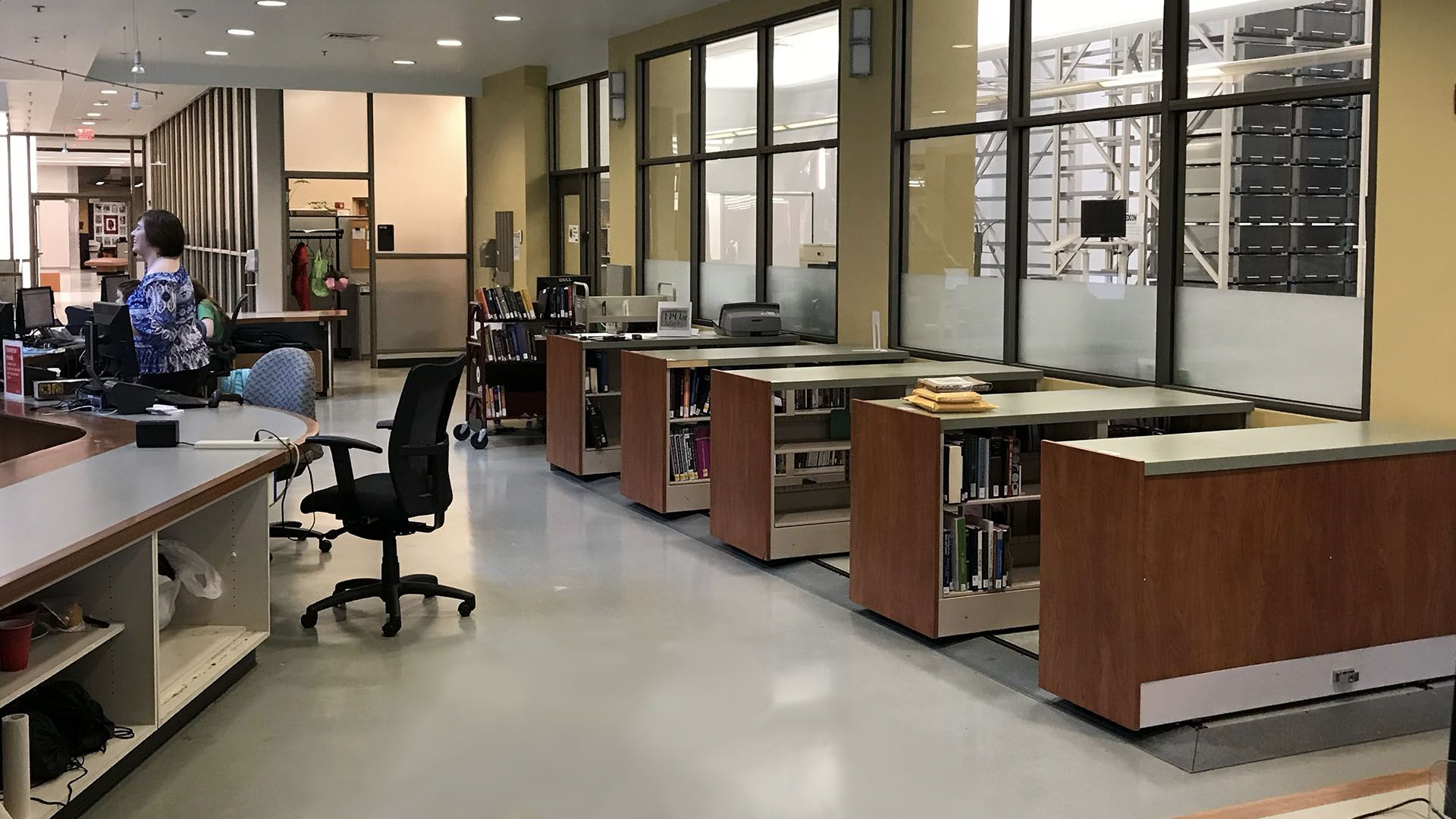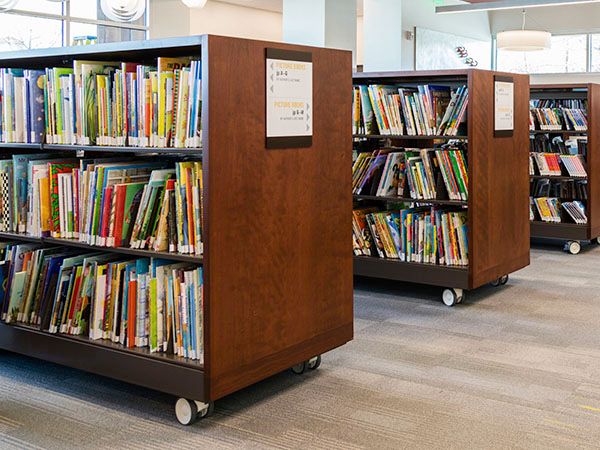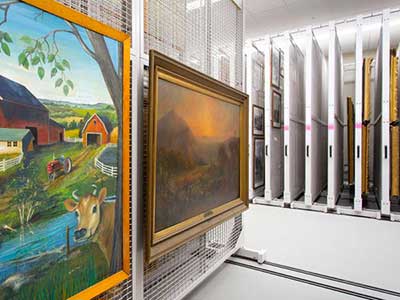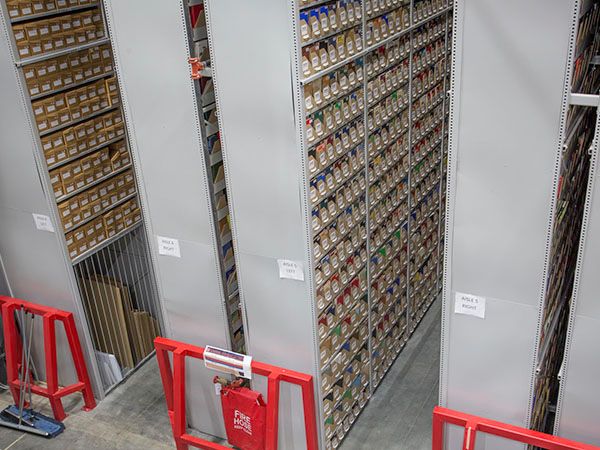Public Libraries: Off-Site Storage and Adaptive Spaces
Creating more space and possibilities for patrons.
With growing demand from residents for communal space to meet, collaborate, and connect, public libraries are constantly looking to fit an increasing number of materials into a decreasing amount of on-site storage space. This is of particular concern for locations that need to expand their collections while offering open, flexible workspaces such as shared work areas, classrooms, makerspaces, and meeting rooms.
Most public libraries tend to be situated in the heart of a busy town center. This means that for most, the opportunity to expand their footprint is close to non-existent. To allow the greatest level of access to their patrons, many of these building-locked locations have turned to off-site storage locations and solutions. These options provide a cost-effective way to improve patrons’ experiences while keeping stored materials organized and protected, allowing library professionals to continue adding to their collections while still offering convenient access to materials.
In this, the second of our Public Libraries solutions blog series (read the first), we’ll take a closer look at the different types of off-site storage solutions that are offered, as well as their contribution to a more adaptable and functional environment for library staff and patrons.
First, A Bit Research Before Development
Driven by an increase in demand, the market cost per square foot for industrial and warehouse space has continued to rise year over year. With this fact and a finite budget allocation for public libraries, it is imperative that libraries go through a planning and design process when considering utilizing an off-site facility for storing their excess materials.
This process includes key considerations such as site selection – which will ensure the space is within a radius that allows for efficient material transport; space requirements – which determine if the facility is capable of handling the projected amount and types of materials your location currently has and anticipates attaining in the future; and environmental control – which will determine the facility’s ability to provide the precise temperature and humidity settings required for each specific piece.
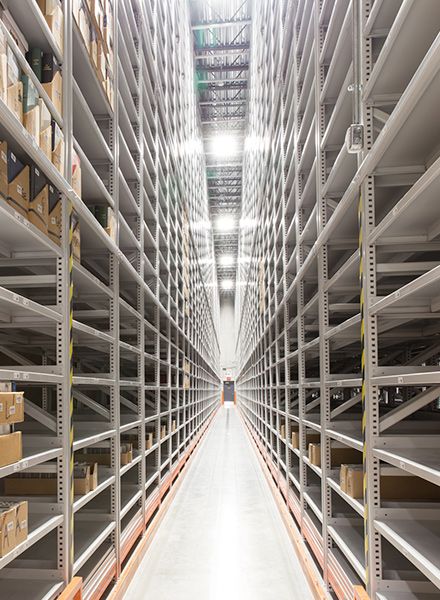
Next, Manufacturing Your Maximum Mix
Depending on your institution’s needs, off-site facilities can be outfitted with static shelving, mobile shelving, or a combination of the two to store materials most efficiently. Now that you’ve taken the time to assess the elements of your library’s learning lineup, let’s dive into each of these storage solutions and how they combine to create a functional off-site facility.
High-bay shelving is an increasingly popular option among institutions as it allows operators to efficiently use vertical space. Available in static and mobile applications, Spacesaver’s XTend® High-Bay Shelving is designed to stand up to 35 feet high to take advantage of the increased vertical space many warehouses provide. To further aid in condensing collections and creating more storage in less floor space, the system’s shelves can be adjusted based on book size or box type, and shelving units placed on rails that allow aisles to be opened only at the point of need, eliminating wasted aisle space, optimizing space for future growth, and decreasing long-term operating costs.
For storing and protecting hanging art collections that are rotated within the library throughout the year, Spacesaver offers a lineup of six versatile art rack systems with a myriad of accessories and screen options to ensure each piece remains secure until it’s ready for use.

Get Product Details
Get Product Details

Off of Site, But Not Out of Mind
By moving seldom-utilized library materials and their traditionally static storage systems to an off-site facility, librarians are afforded the opportunity to provide a variety of use cases for patrons in the same space. Furthermore, freeing up space can boost your library’s service offerings to include cafes, classrooms, and access to the latest technology.
To support more efficient access for librarians and patrons, portable storage options like Spacesaver’s Flexible Shelving units allow users to transform available space into the most functional environment for their use. Customizable with a wide variety of shelving and caster options, these units are designed to provide the exact mix of fit and purpose for your needs.
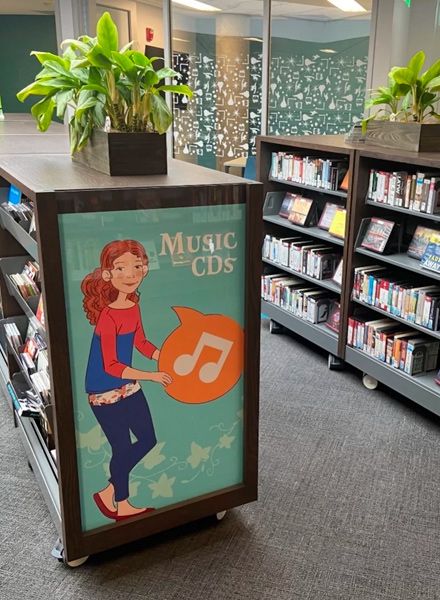
Beneficial For Both Buildings
Whether they’re for increasing capacity or expanding adaptability, having versatile storage solutions at your disposal can be a vital resource for your library and its unique set of needs. From planning and designing a brand-new off-site building or simply looking to create a more effective floor plan in your existing space, Spacesaver can help. Our knowledgeable consultants are ready to help you create a storage solution package that fully integrates with your facility, optimizes space, protects materials, improves organization, and expands and improves services offered by your location.
Don’t miss the first article in this series, Transformation and Meeting Spaces: helping libraries stay flexible for all functions.
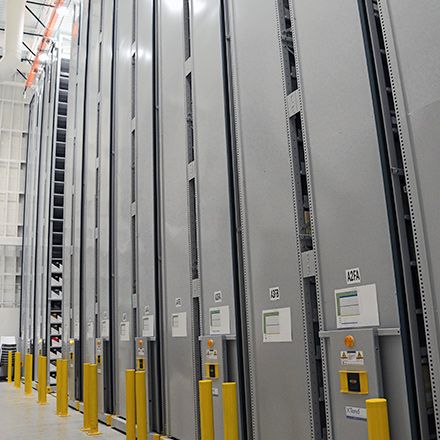
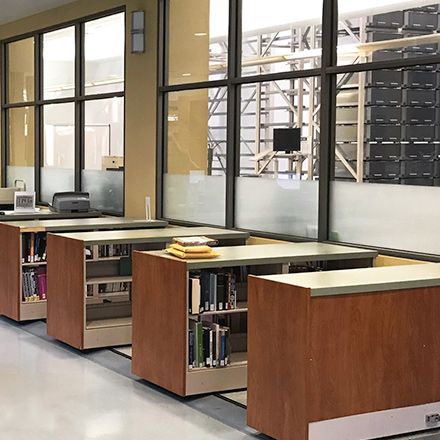
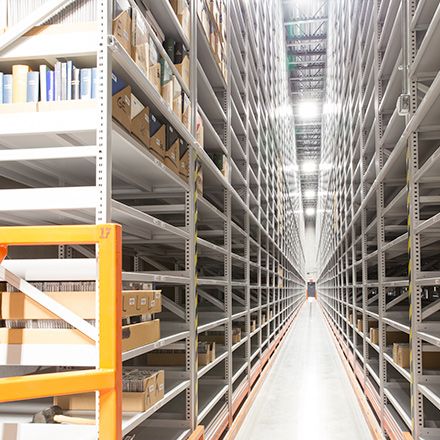
Taking Efficiency Off-Site
Our USA-made solutions help provide increase capacity and access for off-site facilities storing library materials, while also freeing up space for other uses within your library. Contact your nearby Spacesaver distributor for a no-obligation assessment of your library and its respective collections.
Related Products
Next Up in Libraries

Enhance Library Efficiency and Flexibility with Adjustable and Configurable Shelving
Read On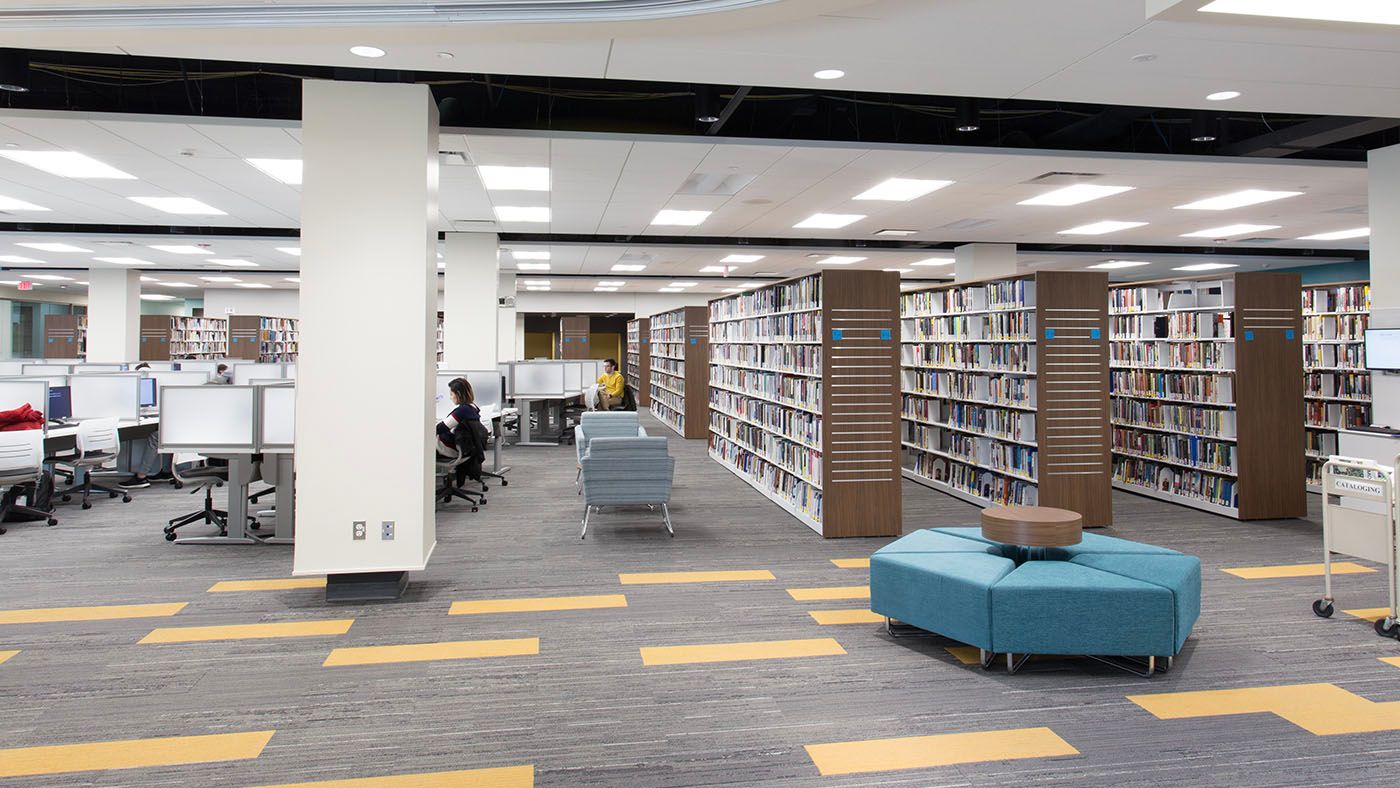
Spacesaver provides insights and installs geared toward advancing your campus library’s impact.
Read On
